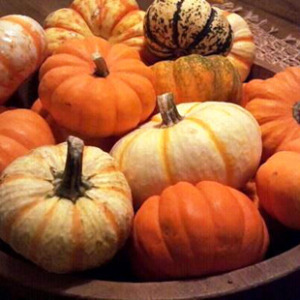Stealing ideas
Finding Inspiration from Others
by Sandy Swegel
When I was 13, I was invited to my schools’ first grownup boy-girl party. In the days before cheap clothes came from China, having the right dress could be a very expensive proposition. My mother’s thrifty response is something I remember vividly…we went to the fanciest dress shop in town and looked until I found a dress I absolutely loved. She drew all the details of the dress on a piece of paper. We went to the fabric store and found a pattern and fabric almost like it along with special pearl buttons, and together, she and I made a beautiful dress like the one in the store…or maybe a little better. The dress didn’t really help my adolescent awkwardness, but I felt like a princess.
Creative imagination is a great thing…but let’s be real, we aren’t all good at designing things, whether dresses or gardens. I tell my clients all the time. I know plants. I know what will do well where and how I can make it thrive. But don’t hire me to design your pathways or expect me to know how to turn a blank lawn into a lovely herb knot. I just don’t see it. Fortunately, though, the world is full of magazines and videos and pictures on the internet that helps when it comes to stealing ideas. That’s what I do sometimes in my own garden. I seek out the best gardens of the world, whether from the medieval Dutch cloisters, or from murals of the Aztecs, or from my friend Barbara down the street. I blatantly copy the parts I love best and grow them in my own yard. And I love the garden to pieces because the idea may have started as someone else’s idea, but along the way, with my sweat and toil and interpretation, the garden becomes my own creation.
So start your googling. Try “Tuscan gardens” or “Vegetable gardens of the world” or “ancient Persian gardens.” Or watch all those BBC garden shows and read the garden magazines. Find the gardens that delight you and copy the best ideas to bring into your own yard. You don’t have to tell anyone you copied the idea…just enjoy the view and accept the praise.
Photo Credits:
http://www.pondplantgirl.com/aztec.htm
http://www.dennis-jackson.me.uk/pictures/utrecht/
http://gobeyond.sg/what-you-need-to-know-about-persian-gardens-before-heading-to-gardens-by-the-bay-this-july/
Best Heirloom Vegetables
Grass and Wildflower Mixes
Pollinator Mixes


